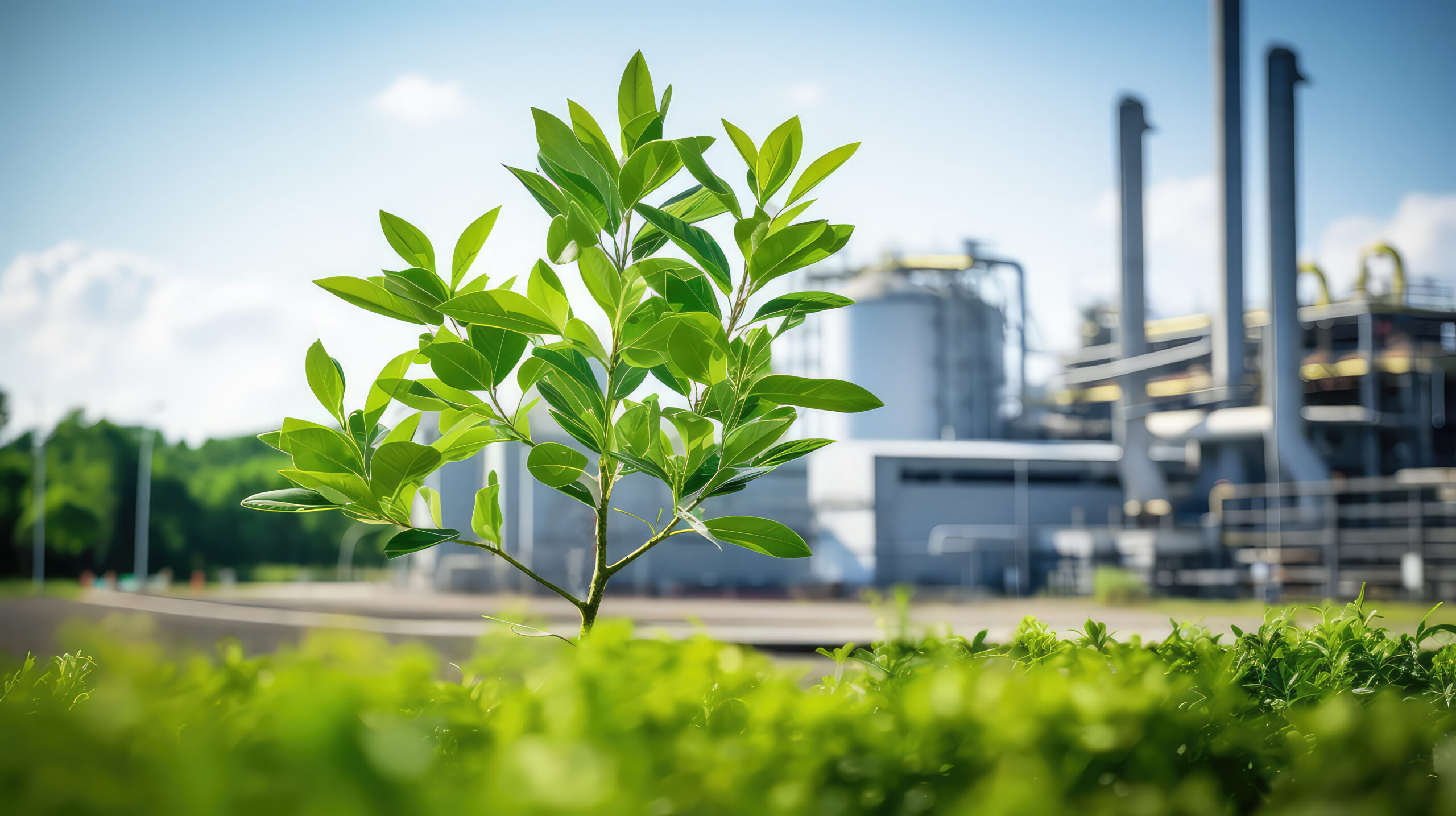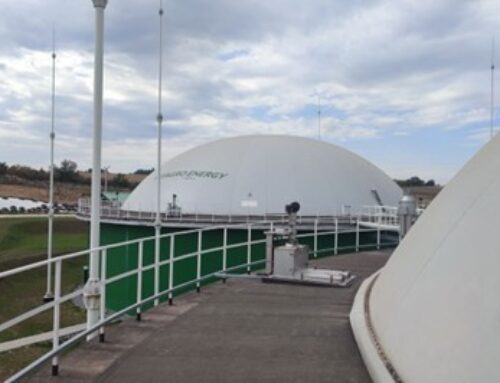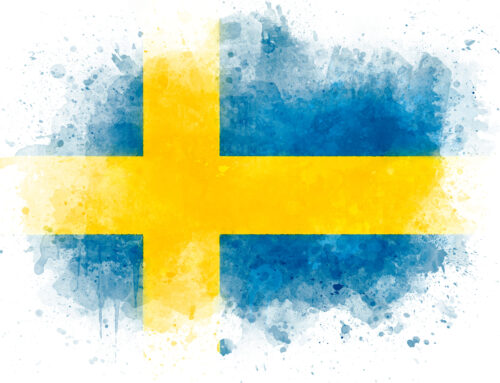BIOMETHAVERSE is empowered by its diverse geographical ecosystem, including France, Italy, Sweden, Greece, and Ukraine. Each of these nations has its unique set of biogas and energy regulations in place, and they find themselves at various stages of the biogas evolution. Through their respective national case studies, these countries offer valuable insights into how national policies can influence – either by supporting or hindering – the expansion of biomethane production in Europe. Additionally, they shed light on the primary obstacles faced by biogas plant development across the continent.
National biogas/energy policies are undergoing transformations in alignment with overarching EU regulatory trends and innovation scenarios as outlined in the REPowerEU Plan, introduced in May 2022. This plan aims to reduce the European Union’s reliance on Russian fossil fuels by promoting renewable energy sources, with a particular emphasis on biomethane. The plan delineates a range of measures and targets, while highlighting the need for a legislative framework and industry-specific adaptations. It has gathered favorable recognition at the EU level and has spurred a call for prioritization of these objectives at the national level through the formulation of National Biomethane Strategies.
During an internal project workshop conducted alongside the 2nd General Assembly in Uppsala, we delved into the realm of national policies and the barriers impeding the expansion of biomethane production. Each demo country presented an overview of their regulatory landscape, highlighting both current and future obstacles in the path of biomethane expansion within their borders.
Greece is actively promoting biomethane production and renewable energy growth through a biomethane support scheme, emphasizing substrates like manure and agricultural waste, gas grid connection, and conversion of electricity plants. While there have been barriers, such as logistic procedures, recent laws offer more specific support, especially for biogas/CHP projects. Overall, Greece is increasing its focus on renewable energy, with further development needed for to develop a biomethane market able to meet EU targets.
Sweden‘s policies back biomethane production with tax exemptions, production premiums, and investment aid. Regulatory steps like eco-vehicle standards and city green zones are in place. The aim is 10 TWh of biomethane by 2030, focusing on the value chain and temporary support. Barriers involve short-term conditions and slow permits, but demand in road transport, industry interest in green carbon, and potential maritime sector demand drive production growth.
Ukraine holds great promise for biomethane for several reasons. It can seamlessly integrate into the existing gas network, offering an economical renewable gas option. Ukraine’s abundant agricultural resources ensure competitive raw material availability. Moreover, biomethane plants provide valuable organic fertilizer, enhancing Ukrainian soil quality. The EU’s ambitious biomethane production plans open doors for Ukraine to potentially supply up to 20% of the EU’s needs. The 2021 biomethane law introduced crucial regulations, including a register and guarantees of origin. NEURC’s amendments further support the sector, and a biomethane production and consumption register is expected to launch in 2023.
France is witnessing a regulatory framework strongly backing biomethane growth with support measures, including feed-in tariffs, operational tenders, and future biomethane production certificates. Since 2011, feed-in tariffs have provided 15-year guarantees, with rates varying by plant size, type, and feedstock. Operational tenders, starting in 2023, support 1.6 TWh of biomethane. Biomethane production certificates, expected in 2025-2026, encourage long-term contracts. Guarantees of origin ensure gas renewability, managed by a well-functioning registry. The ‘Right for injection’ policy maximizes biomethane capacity and compels grid operators to handle connection requests, even outside gas-served areas.
Italy is faced with national policies including granting schemes with feed-in tariffs and incentives based on sustainability targets. Barriers to production up-scaling involve return on investment challenges, bureaucracy for permits and grid management, and public opinion distrust. However, drivers such as energy independence, untapped bio-waste potential, and the transport sector’s market for biomethane contribute to the country’s production goals.





